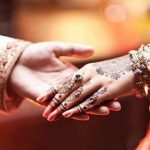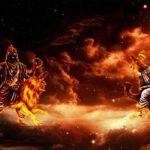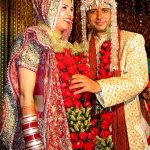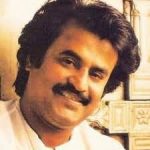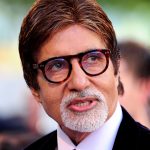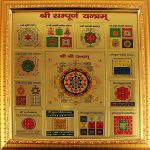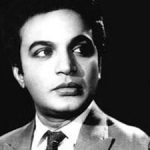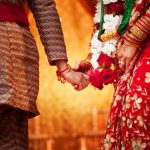Marriage in the modern-day seems to be quite a straightforward affair. A couple may set the date for the marriage, opt for a religious ceremony, and register the marriage as per the laws of the country. The variations come from the regional customs that marriage entails. However, when one studies the ancient texts for their definition of marriage, there is a very clear classification. Some of them make one wonder if the older times were far more exciting than modern ones. One important message that the classification of Hindu marriage holds for us is that an ideal or desirable marriage is one that has absolutely no monetary or material transactions involved. The ideal marriage has a worthy groom who seeks the hand of a worthy bride.
The Laws of Manu or Manusmriti is an ancient work. It has been considered as the best guide to the lives and rituals that are integral to the lives of Hindus. There are eight types of marriage as defined by ancient books. These were prevalent until the enactment of the Hindi Marriage Act. Though the books defined eight forms of marriage not all of them were acceptable or recommended. Manu sanctions the first four types of marriage. They are Prashasta marriages. The undesirable types of marriage are Aprashasta marriages.
The eight forms of marriage as described by Manu are as follows:
Prashasta Marriages: The Desirable Types Of Hindu Marriage
Prashasta: Brahma Marriage
The Brahma form of marriage is the most desirable type of marriage. It is a mark of a high level of social progress and civilisation. Manu favours it more than the Deiva or divine type of marriage. In the Brahma type of marriage, the father of the bride gives his daughter in marriage to a man of good character, who is learned in the Vedas. The key feature of this type of marriage are that there is no force involved. The marriage is voluntary and with the full sanction of the family concerned.
The Brahma type of marriage is performed after the groom has satisfactorily finished his studies (Brahmacharya). It is the groom who looks for a worthy bride. The father of the bride welcomes the groom and shows him respect. His giving of his daughter in marriage is based on his satisfaction with the qualifications of the groom.
This type of marriage is a union that is voluntary and free of any monetary or any other gifts or preconditions. As an added benefit, Manu also says that a son who is born of such a marriage will redeem himself, ten ancestors and ten descendants from sin. It was also an added incentive for young men to learn the Vedas. Though most Hindus today claim to be practising this form of marriage, it is not so. The practice of dowry that has crept into the system does not satisfy the definition of this type of marriage. Though the name of the marriage is Brahman, a study of the ancient texts and mythology reveals that the Kshatriyas practised it as well.

Prashasta: Daiva Marriage
The Brahma form of marriage describes the virtues of the bridegroom. But the Deva form of marriage describes the groom as a priest. This form of marriage is the gift of a bride by her father to the officiating priest of a sacrificial ceremony. A father resorts to this marriage when there is no forthcoming groom of sterling character or scholarship. The father gives the bride as a donation to the priest performing his duties well. So, the daughter is not given freely. She is given in return for the priest’s work.
The Deiva marriage is inferior to the Brahma marriage. A son born of such a marriage redeems himself, seven ancestors and seven descendants from their sins. A priest officiating at a ceremony could only be a Brahmin. So, this was a form of marriage that was exclusive to the Brahmins.
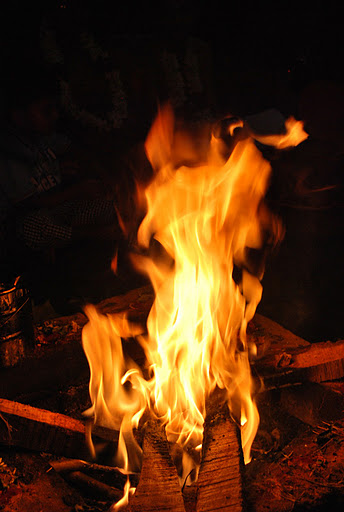
Prashasta: Arsha Marriage
The Arsha type of marriage reveals the high value placed on cattle. It is a marriage that is not as non-materialistic as the ideal Brahmna marriage. Here the bride was given in marriage to a groom (most often a sage) in return for a pair of cattle. This is not as simple as it appears to be as in those days the sages commanded immense power and respect.
We see this form of marriage in many of the epics. In a situation portrayed by this definition of marriage, the father of the bride would be hard-pressed to refuse. One would not offend a sage without fear of consequences. Some of the Puranas, however, state that the person who gives a bride in the Arsha form of marriage would reach a region of heaven. However, only three female ancestors and three male descendants are freed from sin through the birth of a son through such a marriage.
Prashasta: Prajapatya Marriage
The key differentiating factor between this and the ideal form of marriage is that it is not the groom that approaches the bride’s father. Instead, the bride’s father goes looking for a groom when his daughter is of a suitable age. However, it is similar in the fact that there is no monetary transaction involved in the marriage. The bride and groom are wed to perform their duties. These duties are primarily those that compensate the debts to the Prajapati (the creator) by having children.

Prajapati – Brahma
Aprashasta Marriages: The Undesirable Types Of Hindu Marriage
Aprashasta: Asura Marriage
The Asura marriage is a marriage in which the groom pays a bride-price to the father for his daughter in marriage. Once the bride is given in such a form of marriage the father loses his right over his daughter. This form of marriage is undesirable only because there is a monetary transactional aspect to the marriage. There is the implication that the groom is wealthy but not worthy enough, which is compensated by money. There are many such instances in the old tales. The bride is quite literally sold in this form of marriage.
Aprashasta: Gandharva Marriage
The Gandharva marriage is a marriage based on mutual attraction and desire to marry by the bride and the groom. It is presumed that lust is the primary motivation for such a marriage. There is no participation or consent required from the families of either the bride or the groom. The description in the book of Manu applies the concept across all castes. There are instances of this type of marriage in the Puranas as well as the epics.

The Gandharva marriage is not a desirable type of Hindu marriage. It lays more emphasis on the family of the groom and their suitability rather than the wishes and mutual love of the individuals concerned. One would wonder also if the cultural practices of the time even allowed enough interaction for men and women to mingle and form a connection. Older texts mention a maiden being allowed to choose a groom from her own caste if she were to be unwed within a certain period of time after attaining puberty. Since there is so much emphasis on this type of marriage being purely for the satisfaction of carnal desires, it also implies that the groom and the bride are adults. This type of marriage might have become rare as child marriages became the norm. Some people also apply the term Gandharva marriage to modern-day ‘love marriages’.
Aprashasta: Rakshasa Marriage
This form of marriage is one that is by force. The groom seizes the bride by force after having overcome the resistance of her family and friends. The bride is unwilling and is forcibly captured. This is Rakshasa because it is a cruel and demon-like act. It is one that would most likely occur during wars when the bride was captured by invaders.

Aprashasta: Paishacha Marriage
This is the worst form of marriage and is Paishacha indicating the evil influence of goblins. The ‘groom’ embraces the intoxicated bride when she is incapable of giving her consent. This is abominable and might be categorised as a marriage to save the honour of the unwilling bride. It is a marriage where the groom weds the bride by deception and underhand means. On the other hand, the Rakshasa marriage is one where the groom openly confronts and defeats the bride’s people before making off with her. Also, one might equate it to the modern-day evil of date rape.






